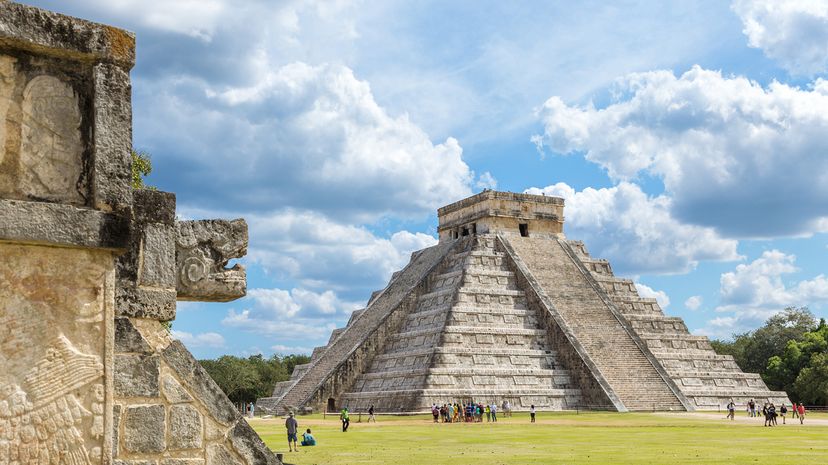The god Kukulkan is an important figure in Maya history, dating back to pre-Hispanic Mesoamerica's classic period (250 to 900 C.E.). The Yucatec Maya attributed their living habits and agricultural practices to the benevolence of this god, among other deities.
However, Kukulkan, also known as Quetzalcoatl among the Aztecs, was more than just a deity worshipped by the Maya peoples; he was a creator god, symbolizing the interconnectedness of life, the underworld and the sky.
Maya mythology often depicts Kukulkan as a feathered serpent because snakes were symbols of life above and below the earth, while winged creatures were symbols of the sky.
Connection to the Aztec Quetzalcoatl
The name of the Maya deity reflects this duality. In Yucatec Maya, "kukul" means feathered and "kan" means snake. The god's Aztec name, Quetzalcoatl, follows a similar logic. In Nahuatl, which is the Aztec language, "quetzal" is a plumed bird, and "coatl" is a serpent.
Kukulkan's Origin Story
In one Maya story, Kukulkan was both a boy and a snake. As the young boy grew, his sister, who loved him, kept him in a cave and fed him.
When the boy outgrew the cave, he was forced to leave, causing the earth to shake. According to the story, Kukulkan continues to cause earthquakes each summer to let his sister know he is still alive.
